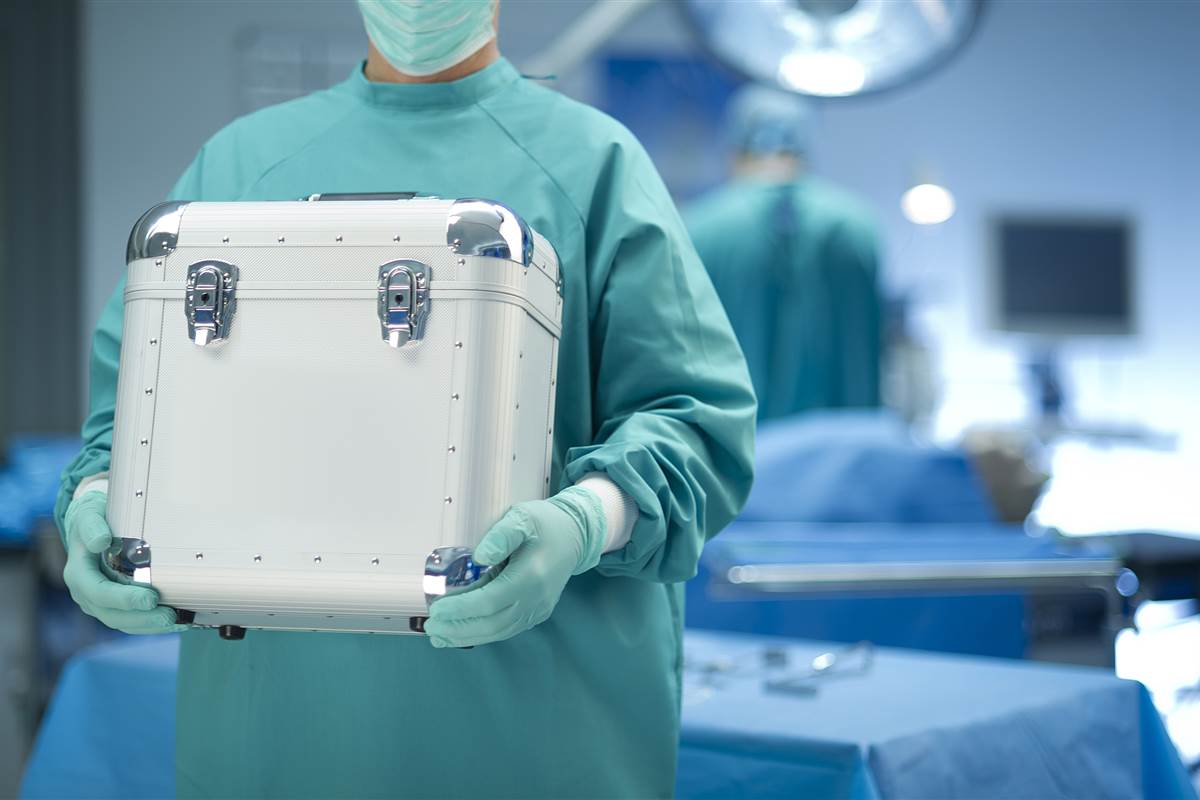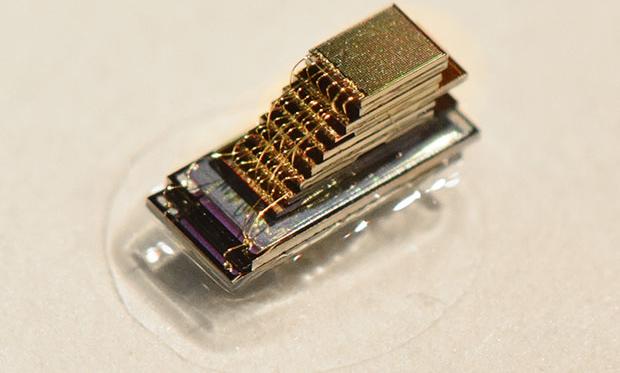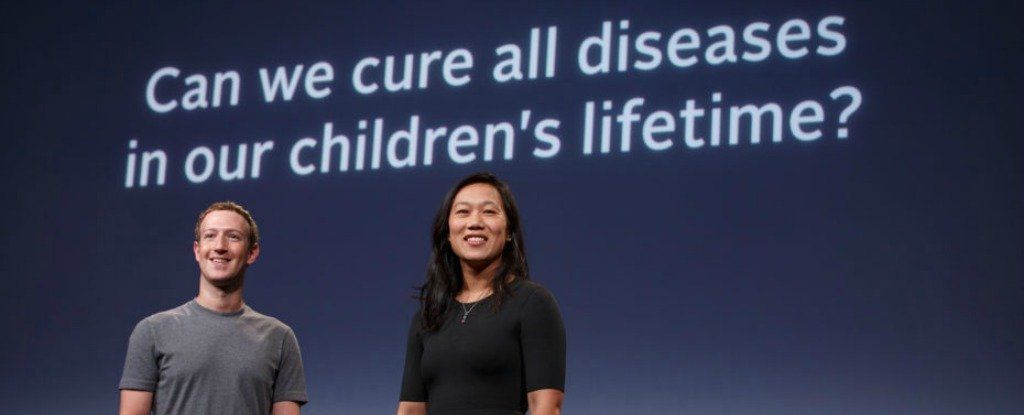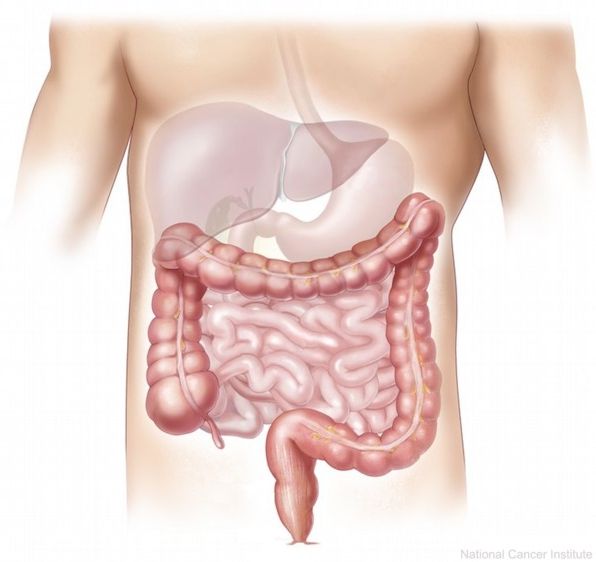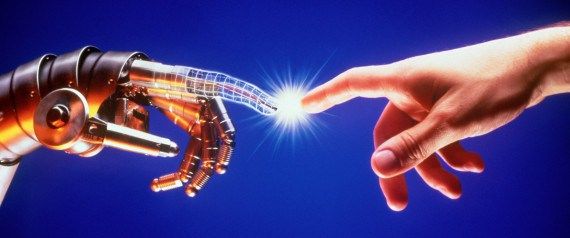Page 10539
Feb 11, 2017
Self-driving cars will create organ shortage — can science meet demand?
Posted by Dan Kummer in categories: 3D printing, bioengineering, biotech/medical, robotics/AI, science
It looks like Self Driving cars may create a US organ shortage that finally acts as the Kick in the Ass to force stem cell generated organs on to the market. Enough of the ‘in the future’ we might have these Nonsesne.
Science, however, can offer better a better solution.
The waiting lists for donor organs are long — 120,000 people on a given day — and ever increasing. With fewer donor organs to go around, researchers are working on other ways to get people the parts they need. With help from 3D printing and other bioengineering technologies, we will eventually be able to grow our own organs and stop relying on donors.
Continue reading “Self-driving cars will create organ shortage — can science meet demand?” »
Feb 11, 2017
Millimeter-Scale Computers: Now With Deep Learning Neural Networks on Board
Posted by Klaus Baldauf in categories: internet, robotics/AI
University of Michigan micro-motes aim to make the Internet of Things smarter without consuming more power.
Feb 11, 2017
Starta Accelerator plans to nurture high-tech ‘ponies’ in New York City
Posted by Klaus Baldauf in category: futurism
Feb 11, 2017
The Chan-Zuckerberg Initiative Is Giving $3 Billion to Cure, Manage, or Prevent “All Disease”
Posted by Shane Hinshaw in category: biotech/medical
The Chan Zuckerberg Initiative, launched in September 2016 and run by Facebook CEO Mark Zuckerberg and his wife, pediatrician Priscilla Chan, set out with the ambitious goal “to cure, prevent or manage all disease during our children’s lifetime”.
As part of the US$3 billion initiative, the organisation created an independent nonprofit Biohub, which on Wednesday said it committed US$50 million to 47 scientists, technologists, and engineers working at UCSF, Stanford, and UC-Berkeley.
The 47 investigators are working on a wide range of projects, but there was one central thesis the Biohub tried to keep in mind when picking from the 700 applicants.
Feb 10, 2017
Stem Cell Fillings Allow Teeth to Heal Themselves
Posted by Shane Hinshaw in category: biotech/medical
In Brief:
Regenerative dental fillings that allow teeth to heal themselves have been developed by researchers, potentially eliminating the need for root canals. The treatment earned a prize from the Royal Society of Chemistry after judges described it as a “new paradigm for dental treatments.”
No one in their right mind would ever look forward to a filling at the dentist. Why can’t our teeth fix themselves? Maybe they can. At long last, scientists from the University of Nottingham and Harvard University may have revolutionized the way we look at treating dental issues. Their regenerative dental fillings allow teeth to heal themselves—potentially eliminating the need for the high-pitched drilling inherent in root canals.
Continue reading “Stem Cell Fillings Allow Teeth to Heal Themselves” »
Feb 10, 2017
This creepy robot walks like a chicken and could someday deliver your groceries
Posted by Bryan Gatton in category: robotics/AI

The Cassie robot, developed by engineers at Oregon State University, shows improvement in bipedal machine balance and could be used for courier service.
Feb 10, 2017
Your Farts Could Tell Your Doctor About Your Digestive Health
Posted by Shane Hinshaw in categories: biotech/medical, health
Feb 10, 2017
The Origami Revolution Preview
Posted by Klaus Baldauf in categories: biotech/medical, robotics/AI, space
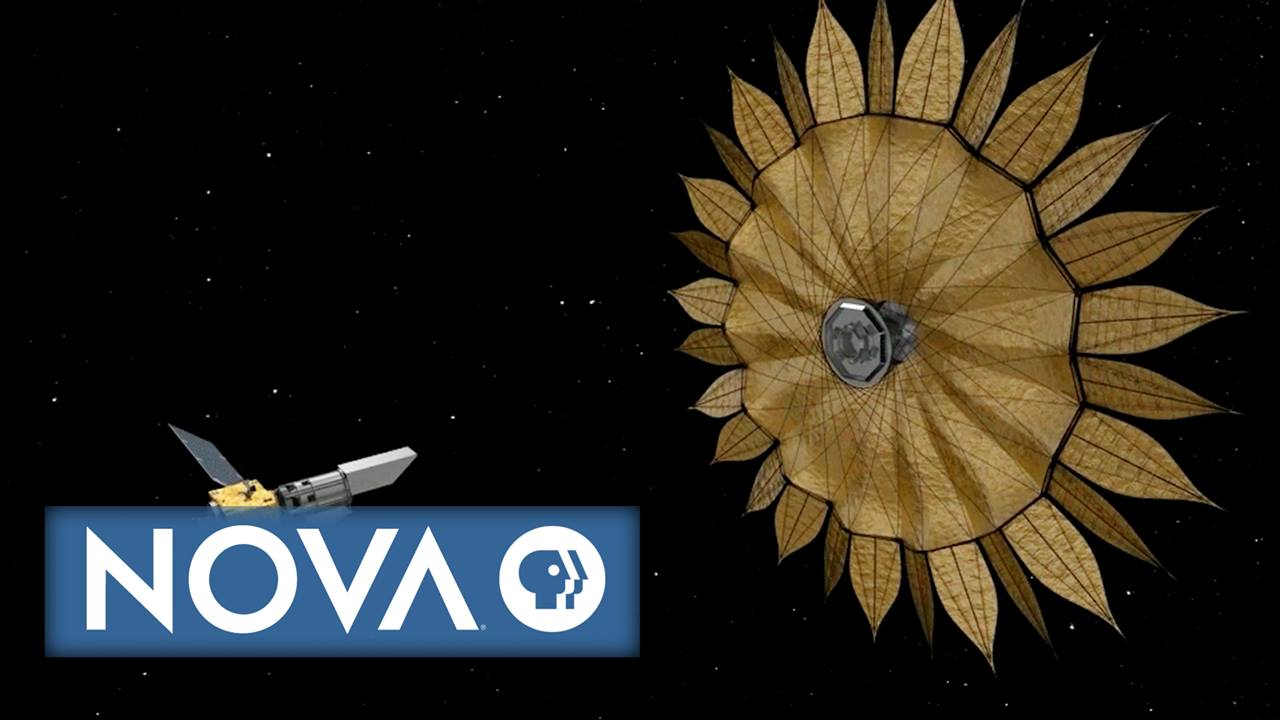
Engineers are using origami to design drugs, micro-robots, and future space missions.
Don’t miss “The Origami Revolution,” airing February 15, 2017 at 9 pm on PBS: http://to.pbs.org/2lp78cv
Feb 10, 2017
The Kurzweilian Singularity and Evolution of the Technigenome
Posted by Karen Hurst in categories: engineering, nanotechnology, quantum physics, Ray Kurzweil, robotics/AI, security, singularity
Great read and highlights what I have been showing folks around the convergence that is occurring between technology and biology via Quantum. We’re achieving (in the Epoch chart on Singularity Evolution) Epoch 5 via Quantum Bio and our work we’re seeing from DARPA, Microsoft, Amazon, Google, and others. Synbio has to mimic the properties we see with Quantum Biology/ Biosystems. And, things like DARPA’s own RadioBio will enable and expose many things on multiple fronts in Biosensors (including security), IoT, healthcare/ medical prevention management and treatments, AI, etc.
Singularity – the state of being singular; Oneness.
The biological system is a natural form of technology. A simple examination of the nanobiology of the macromolecular system of any cell will attest to this – enzymes and structural proteins are veritable nanomachines, linked to the information processing network of DNA and plasma membranes. Far from being a primordial or rudimentary organic technology – we are discovering more and more the level of complexity and paragon technological sophistication of living systems, which as is being discovered, even includes non-trivial quantum mechanical phenomena once thought to only be possible in the highly specialized and controlled environment of the laboratory.
Continue reading “The Kurzweilian Singularity and Evolution of the Technigenome” »

